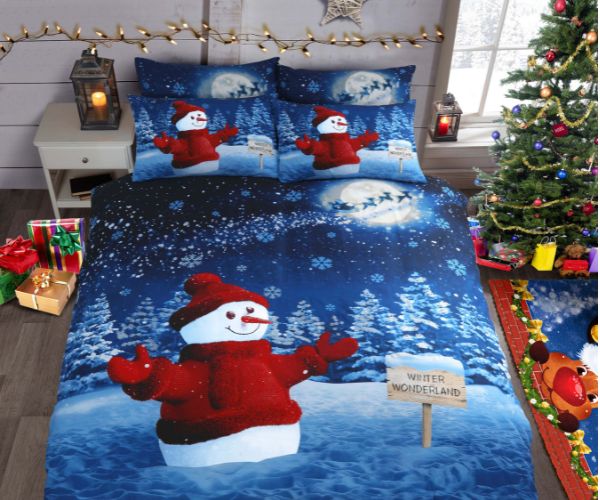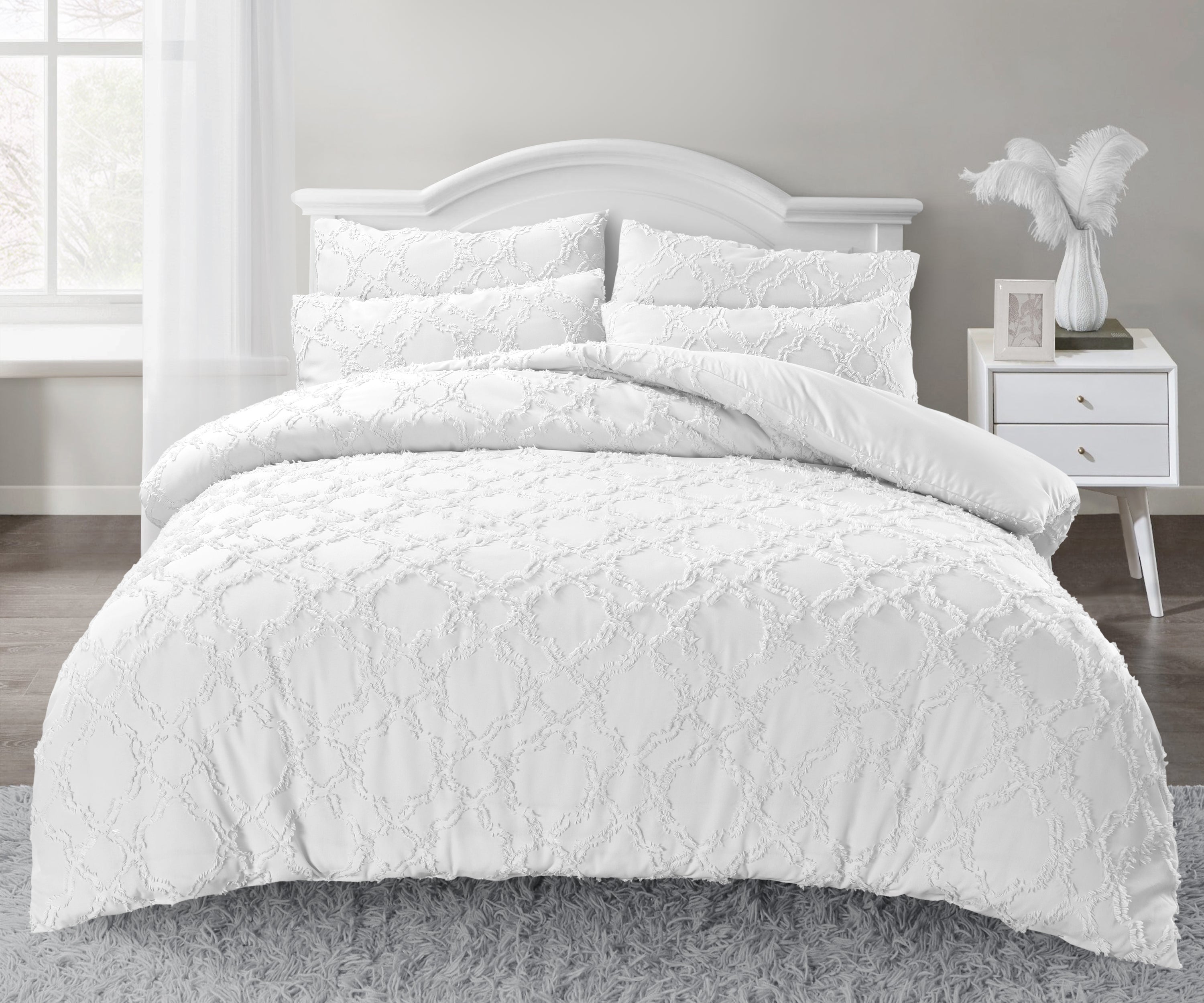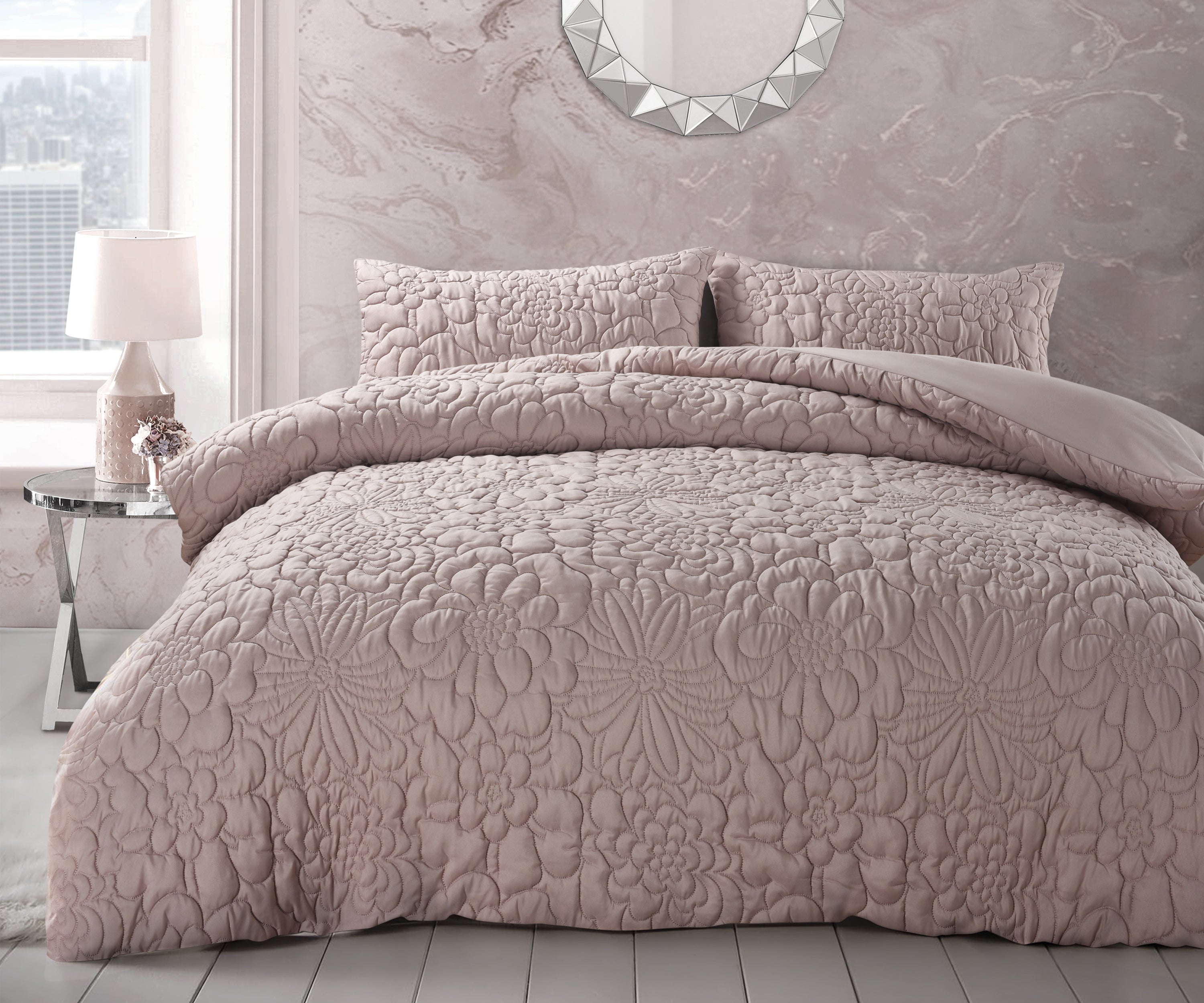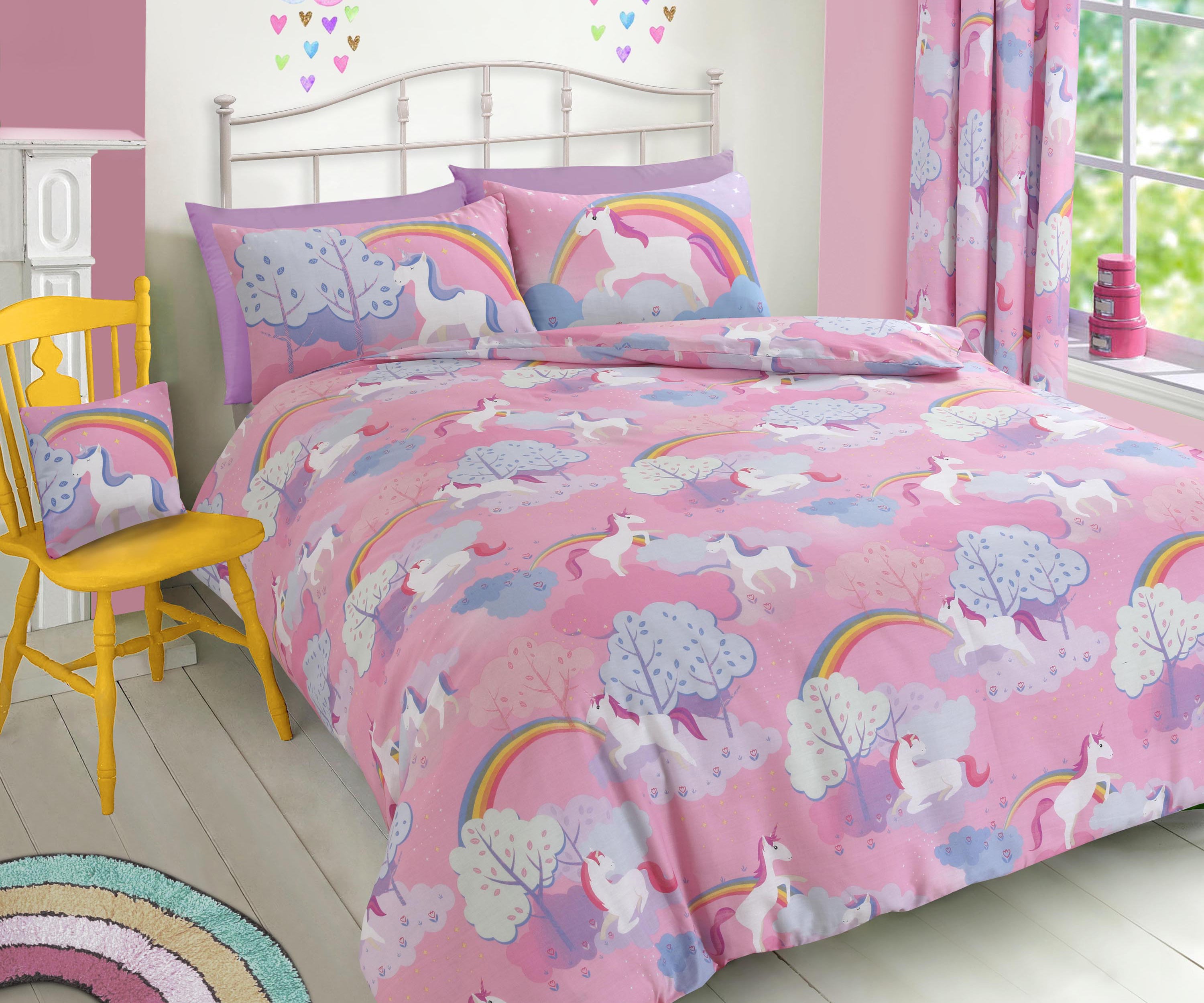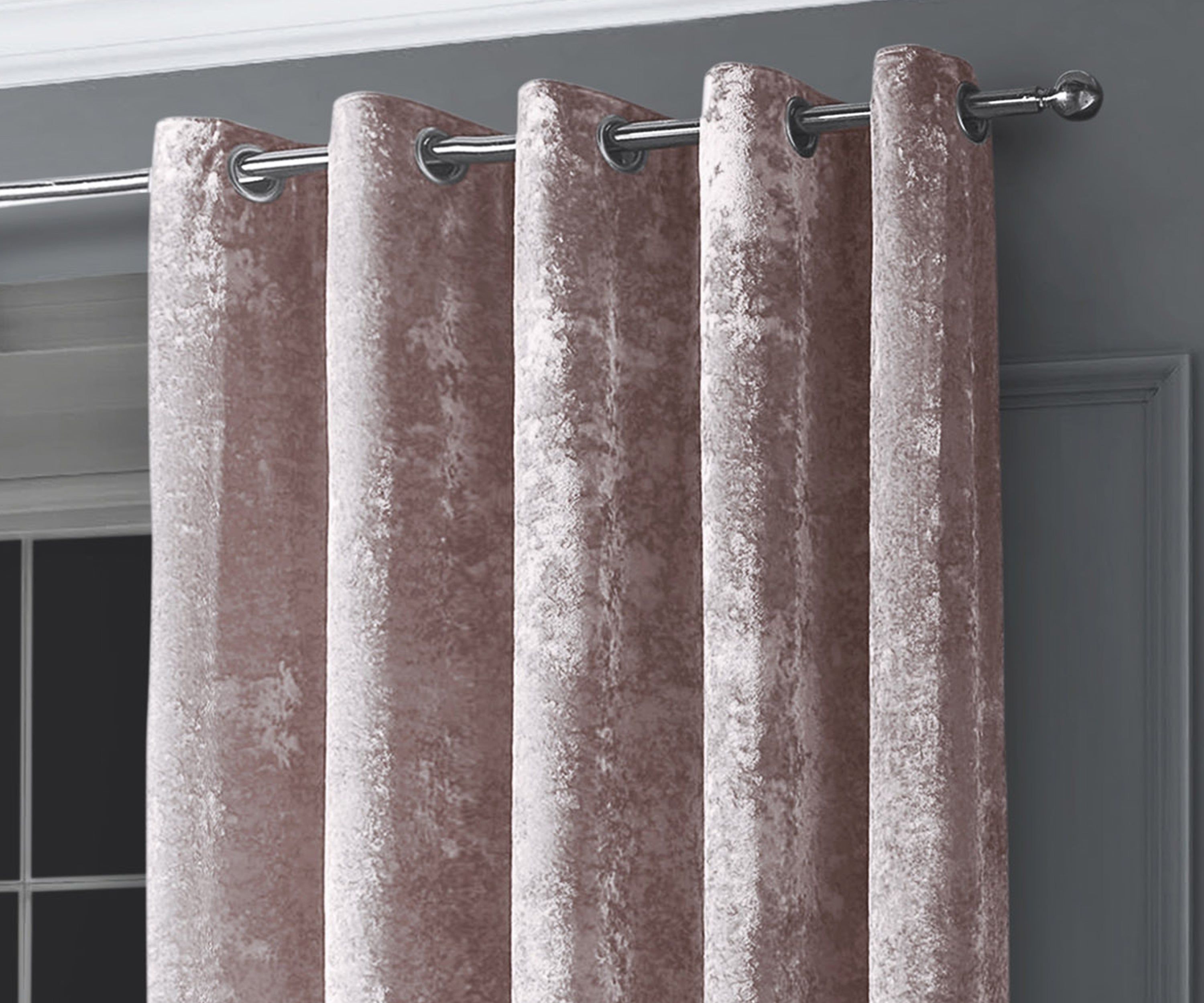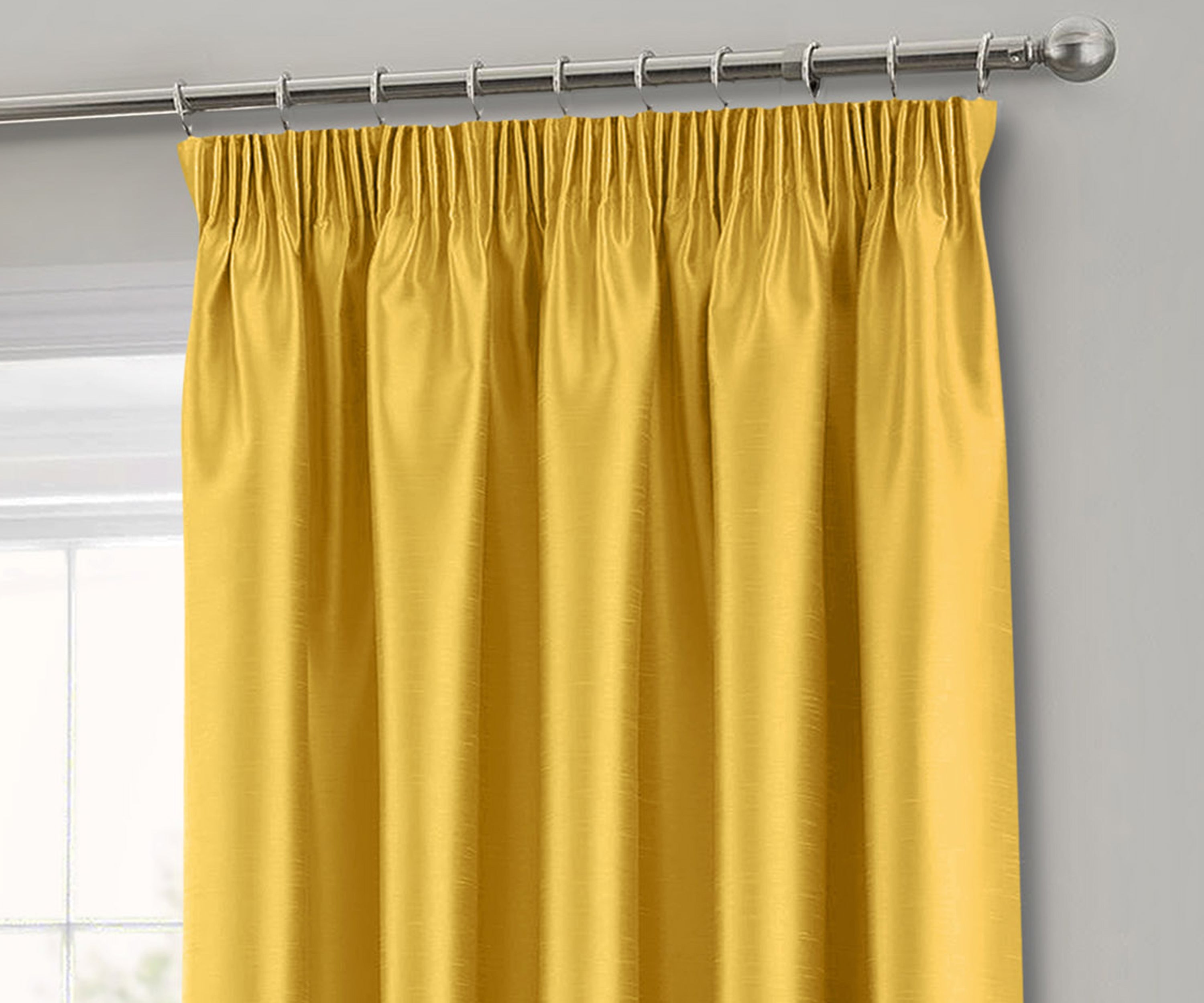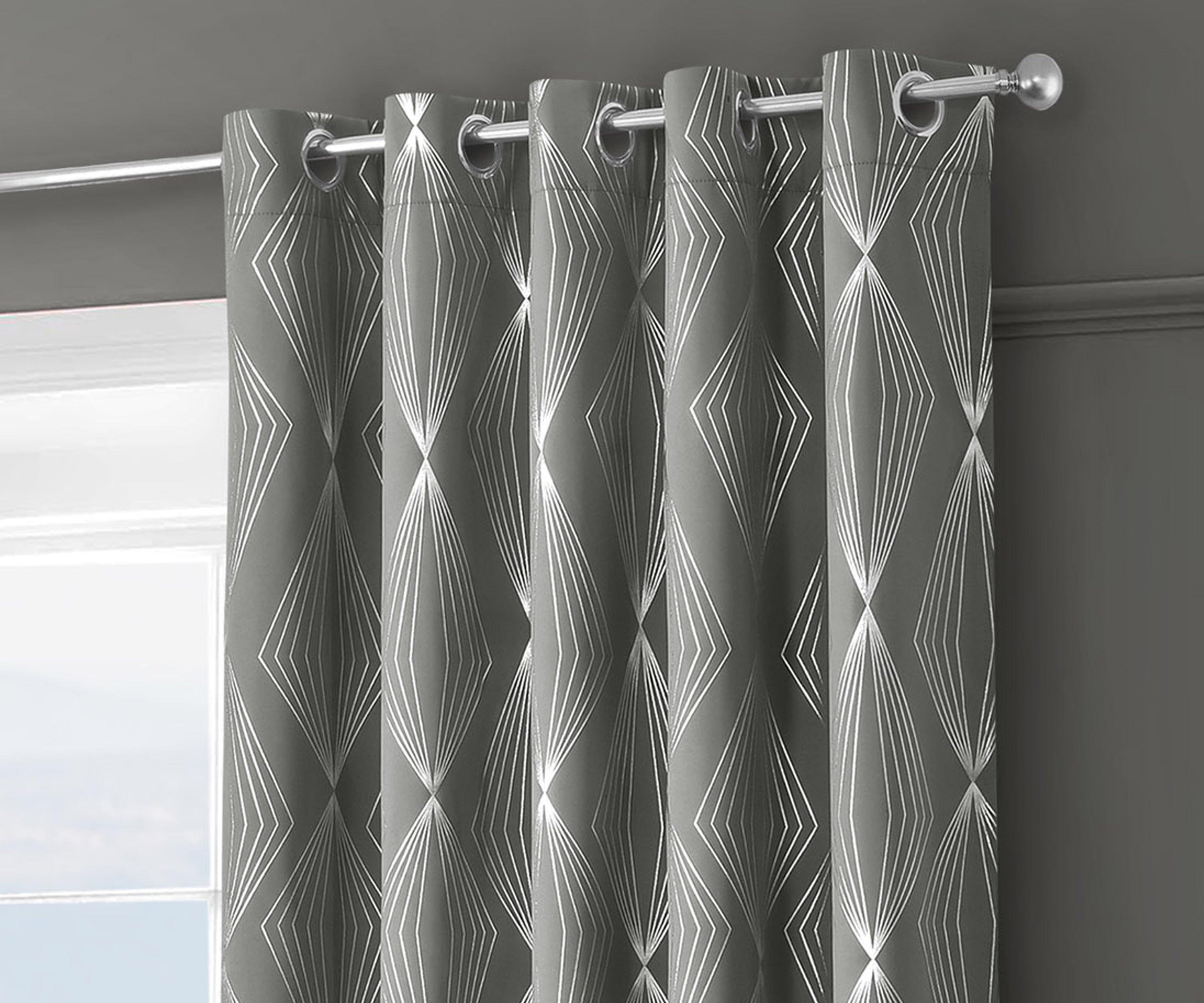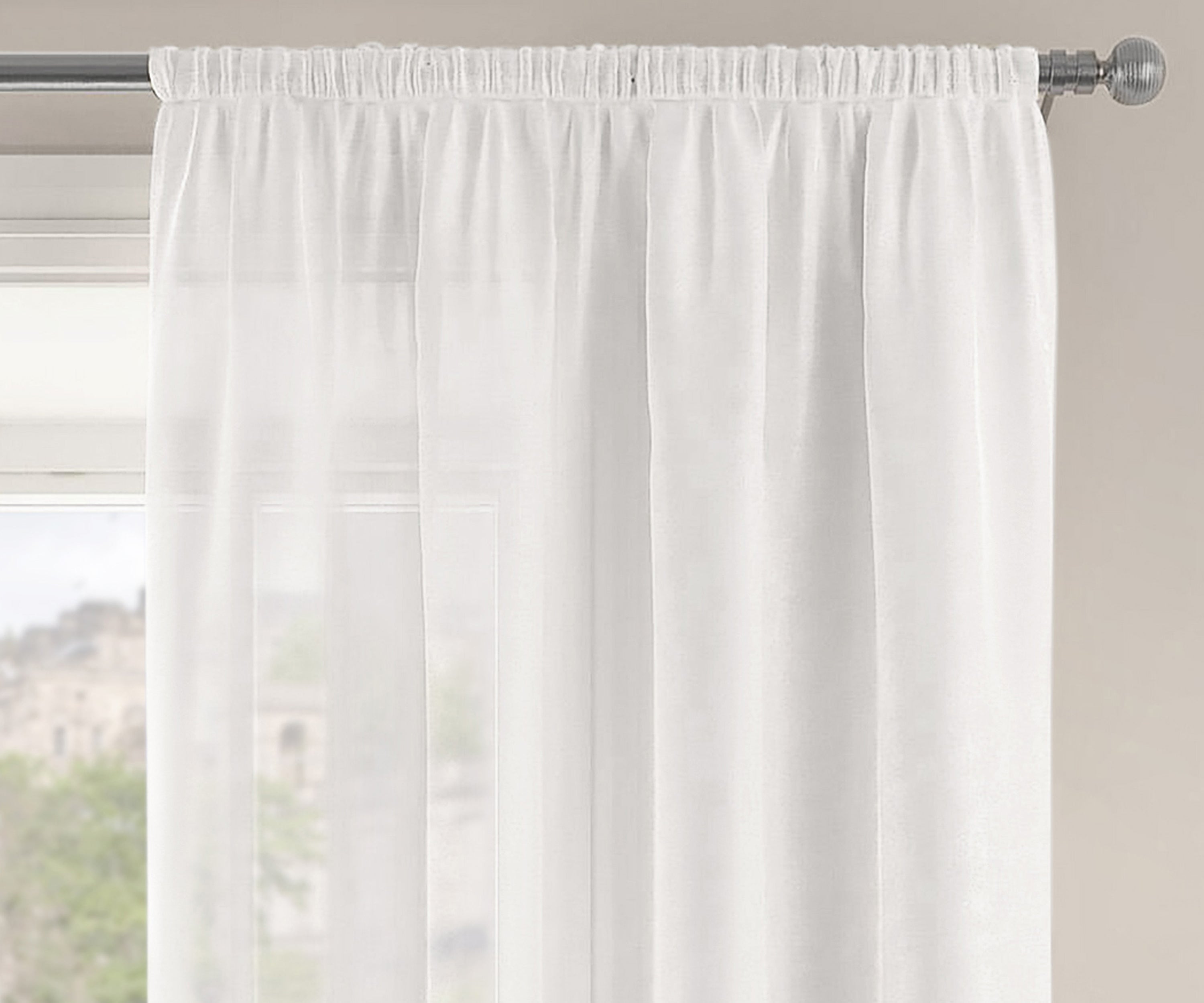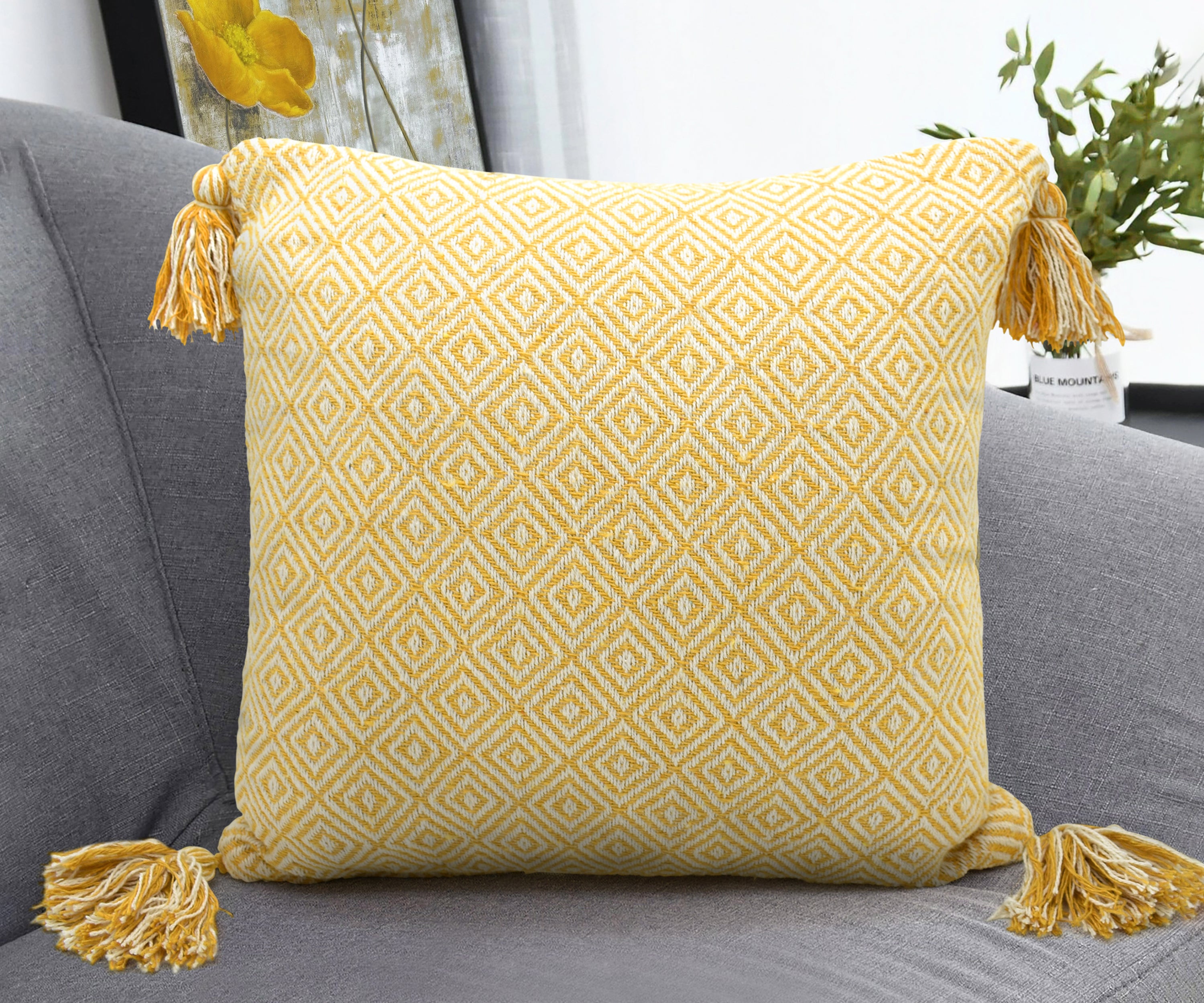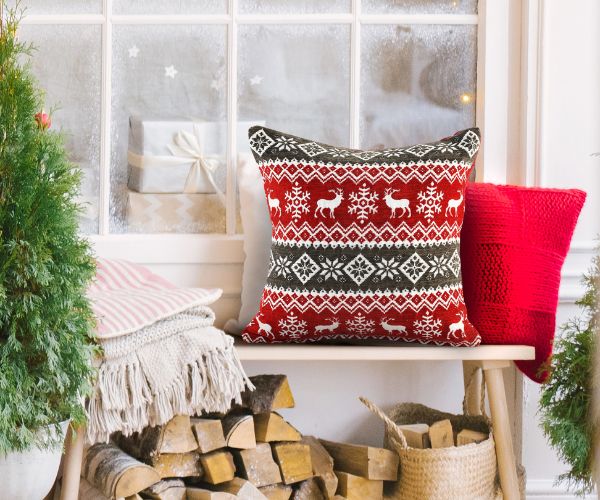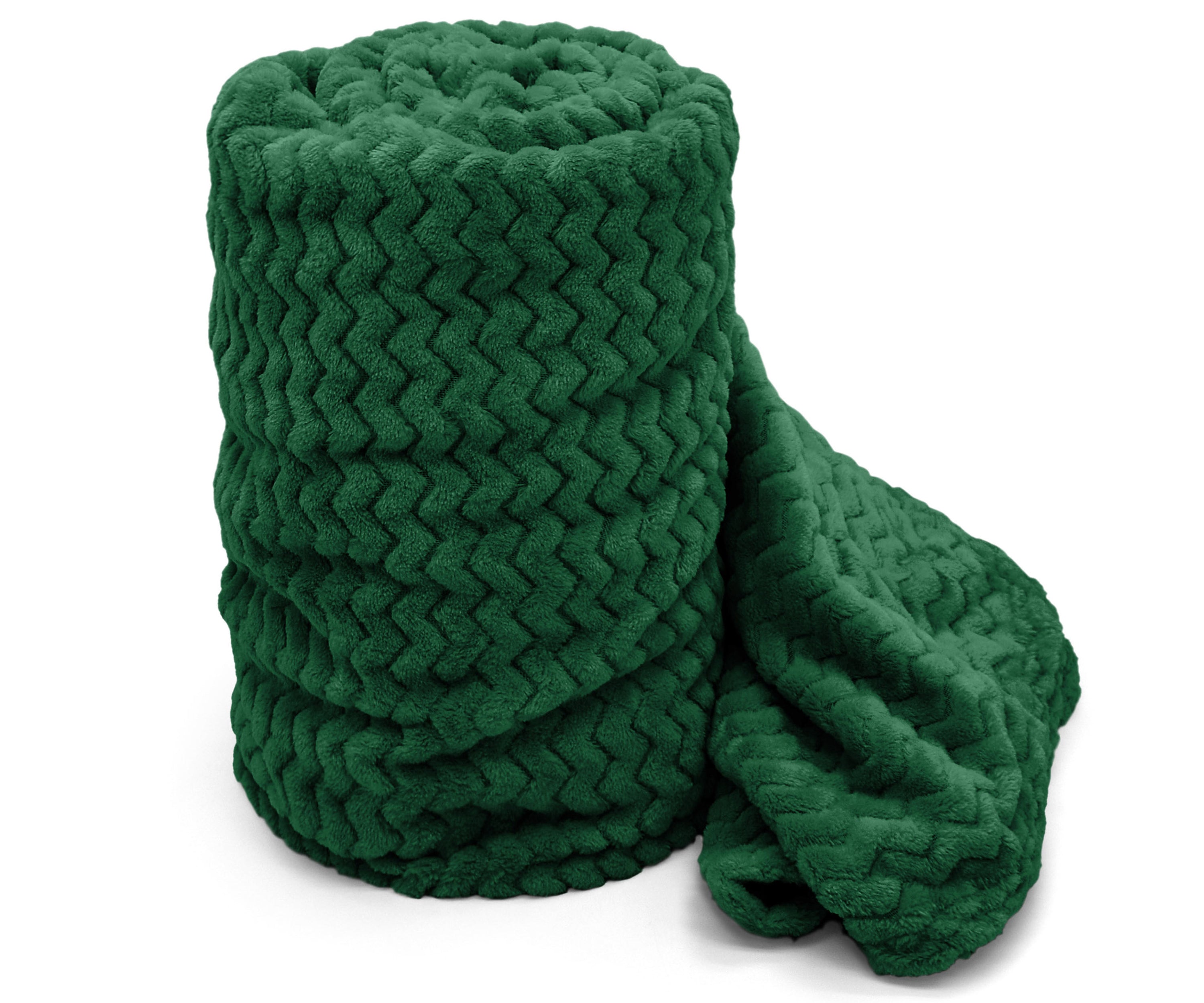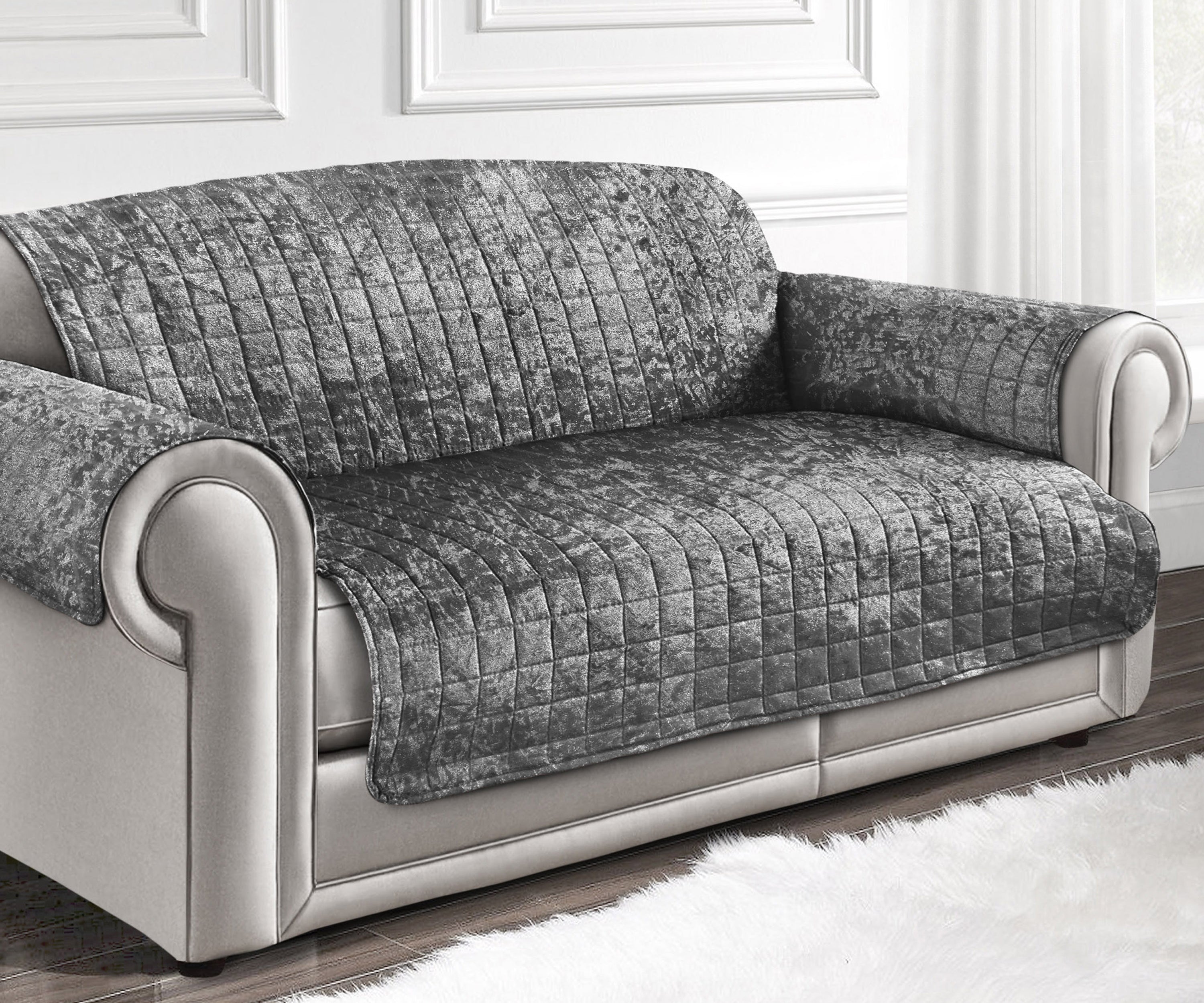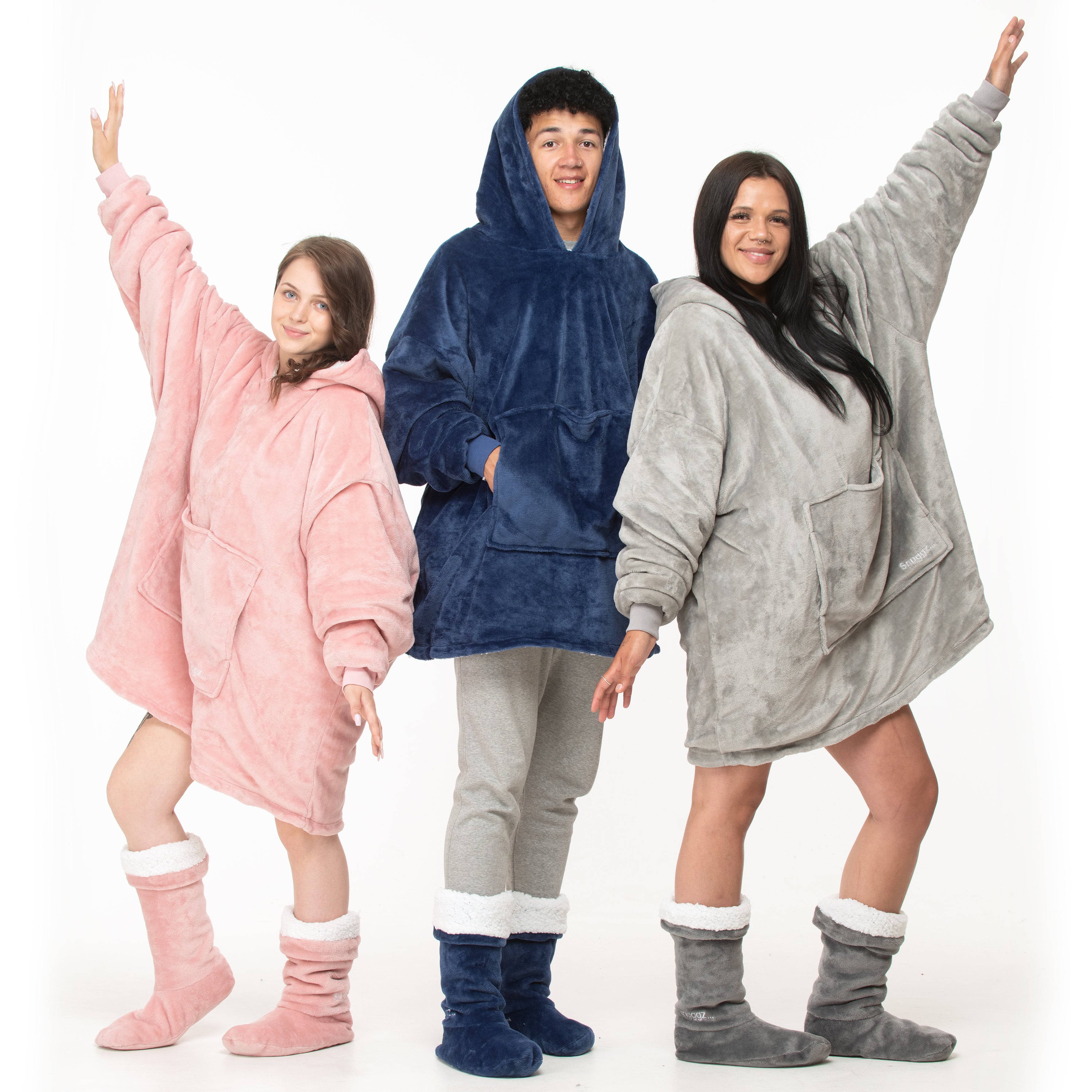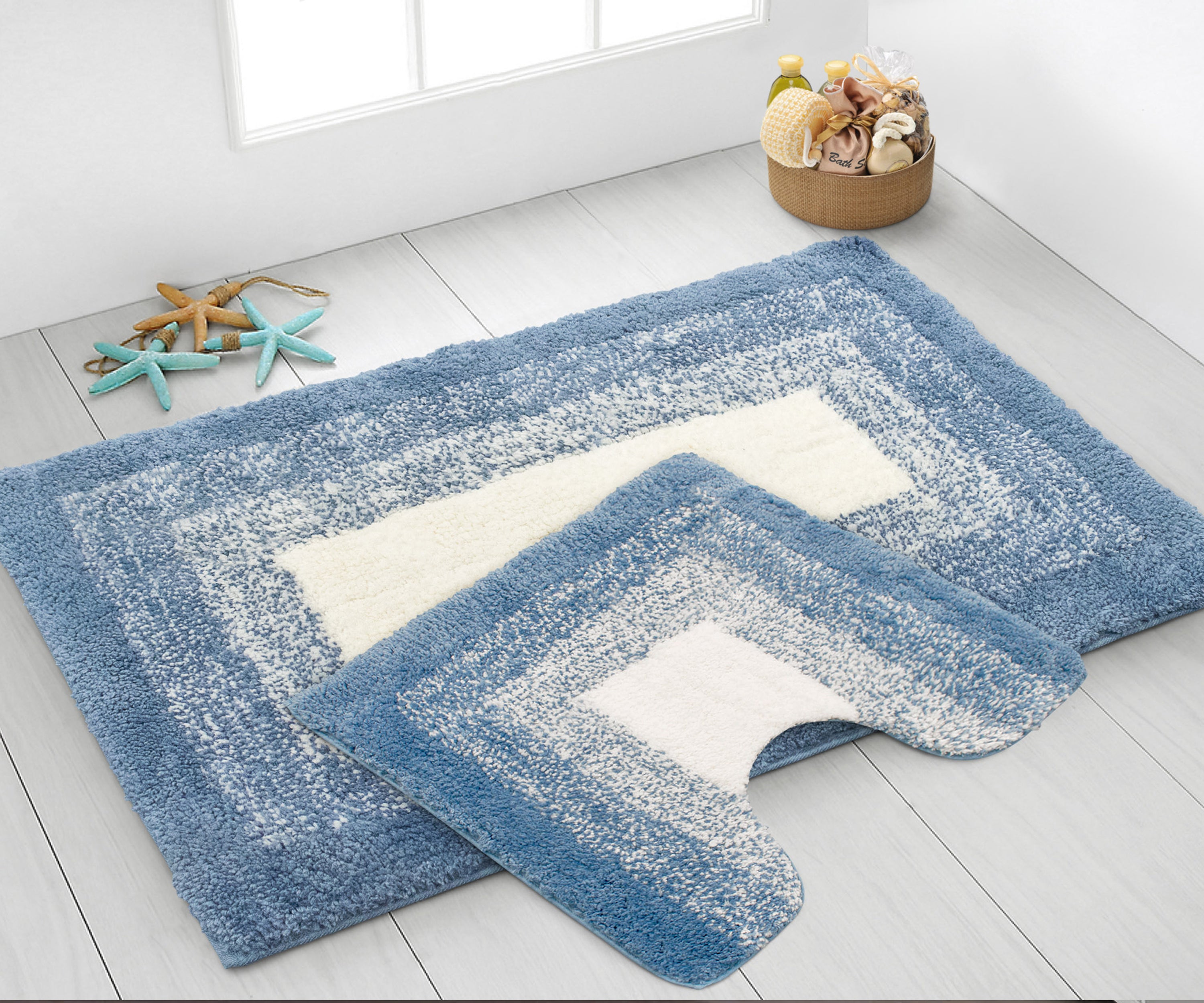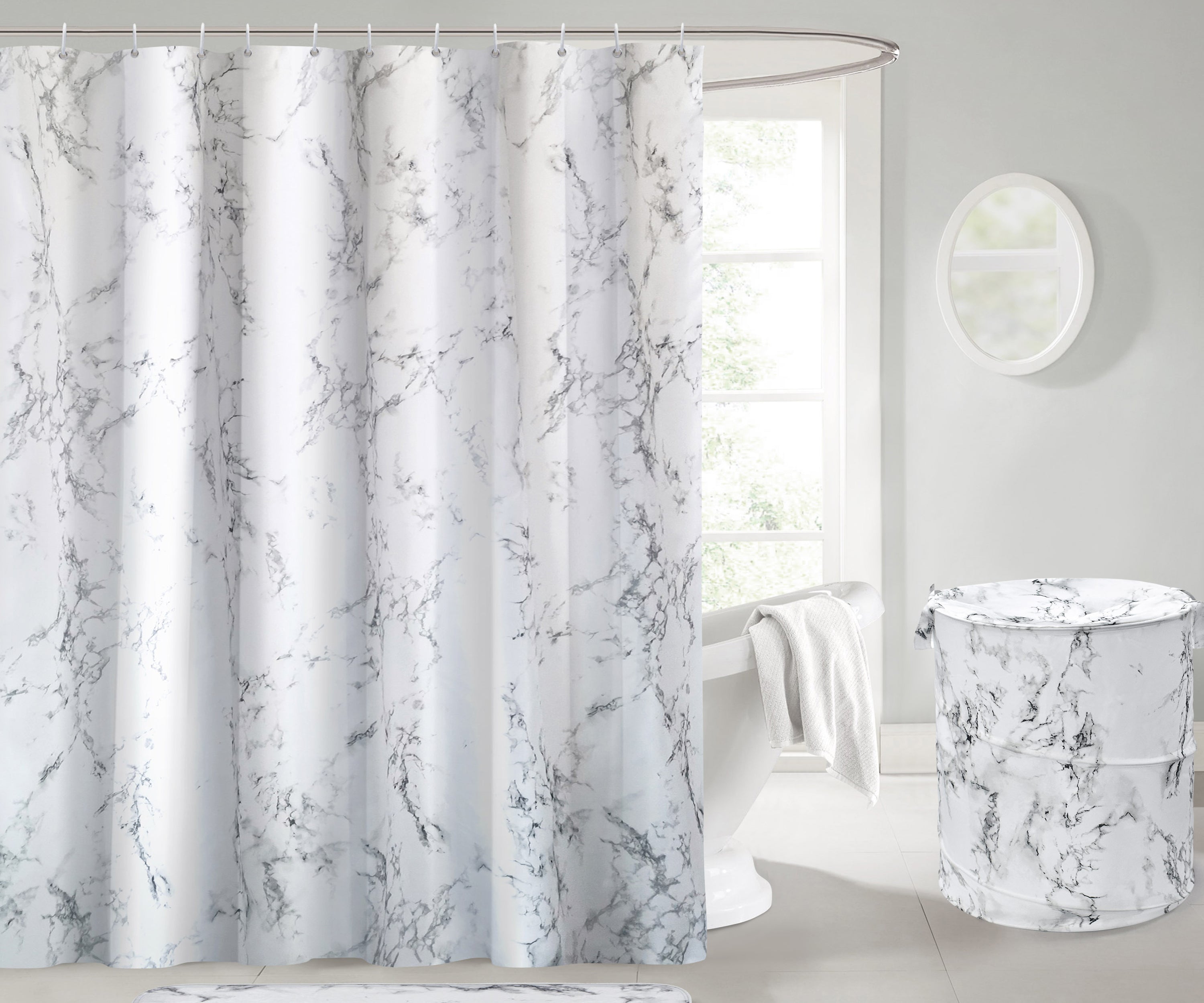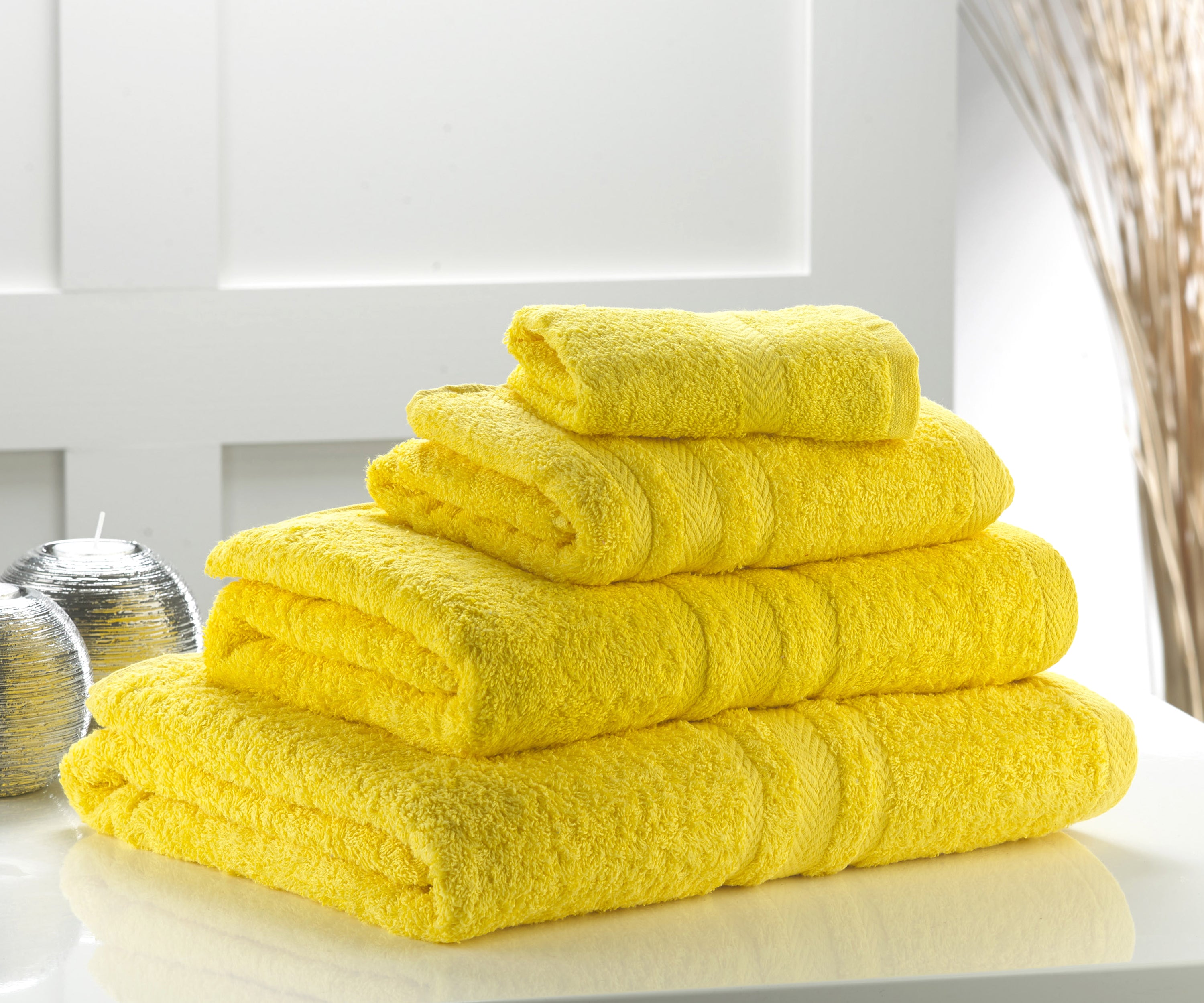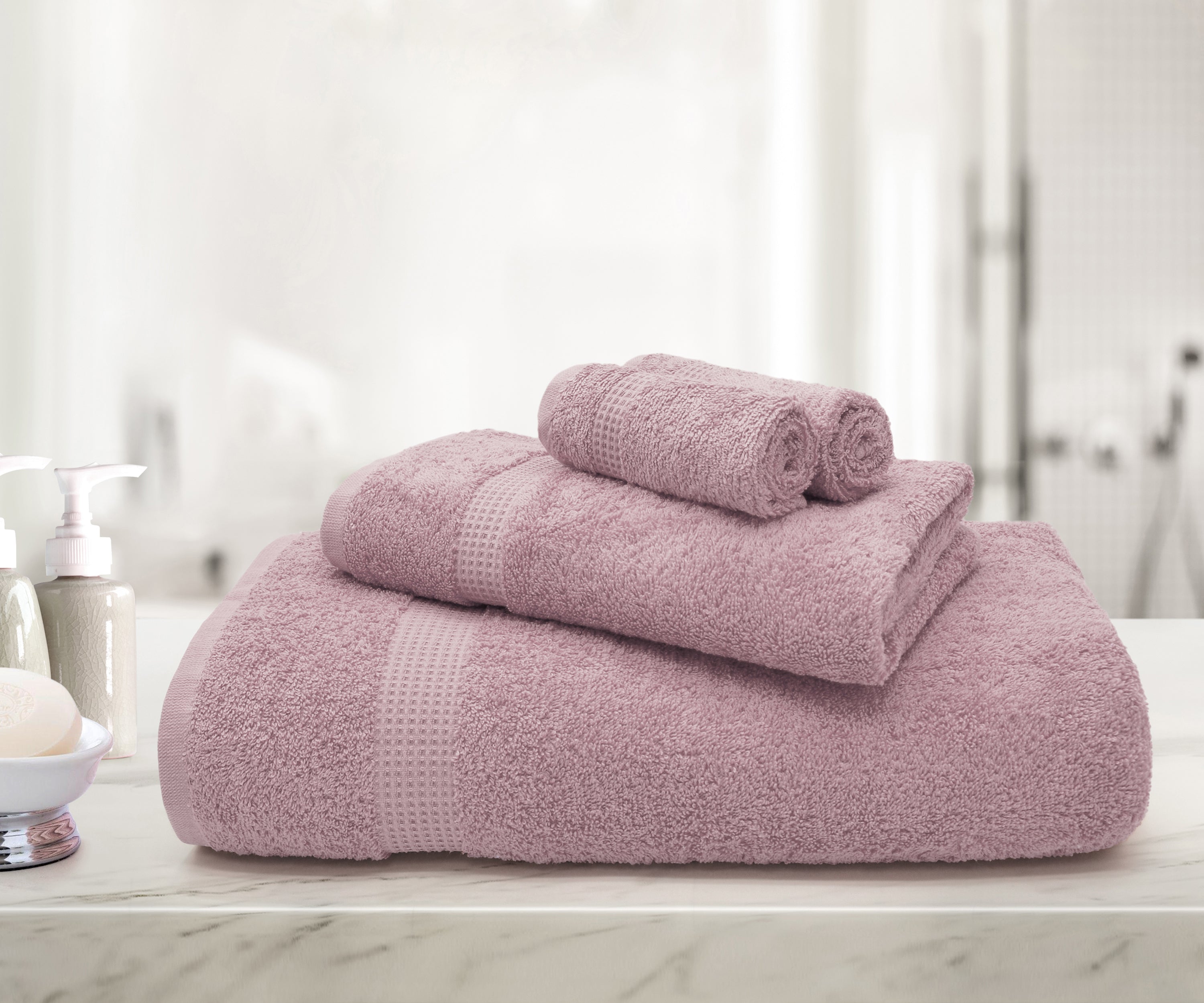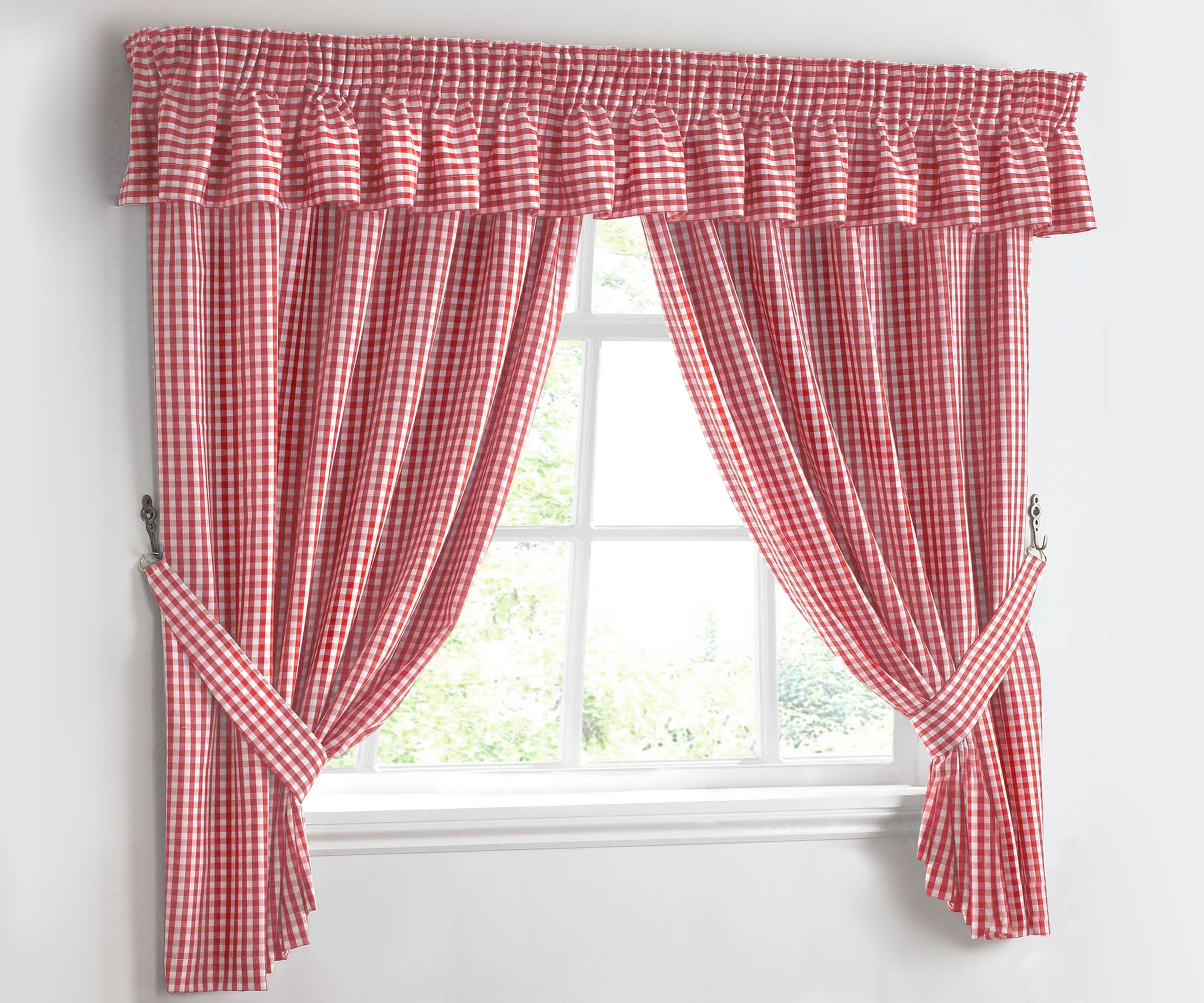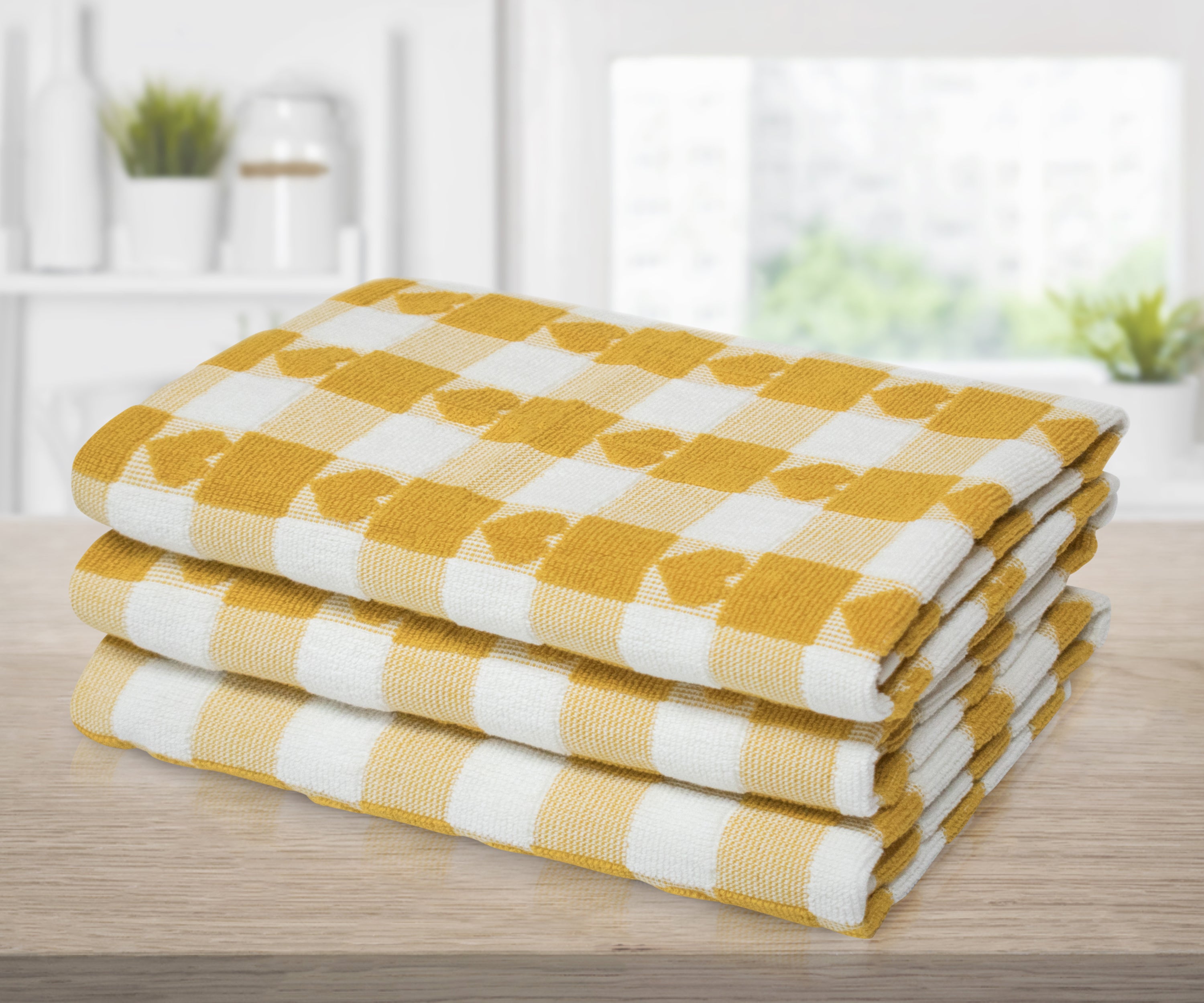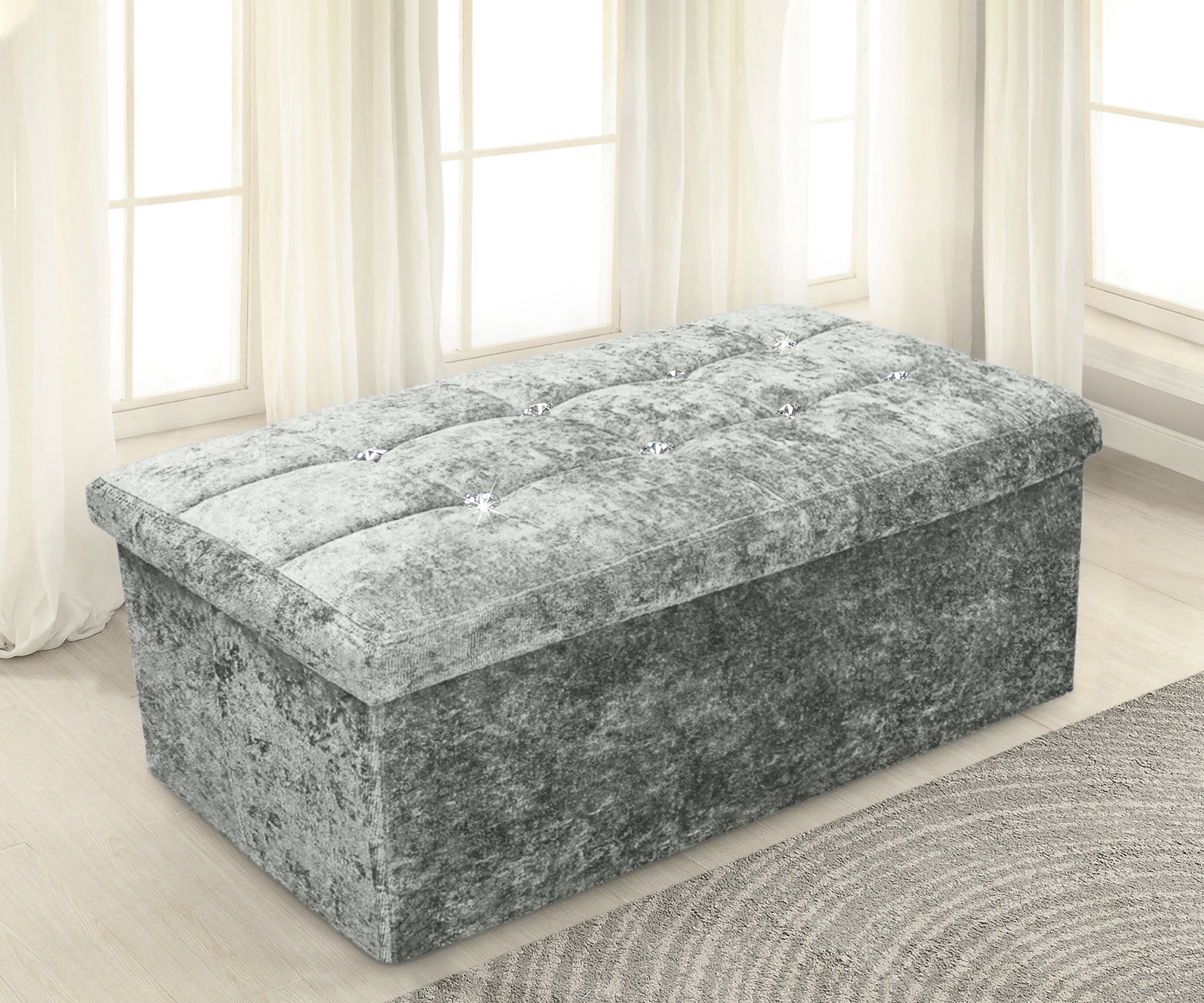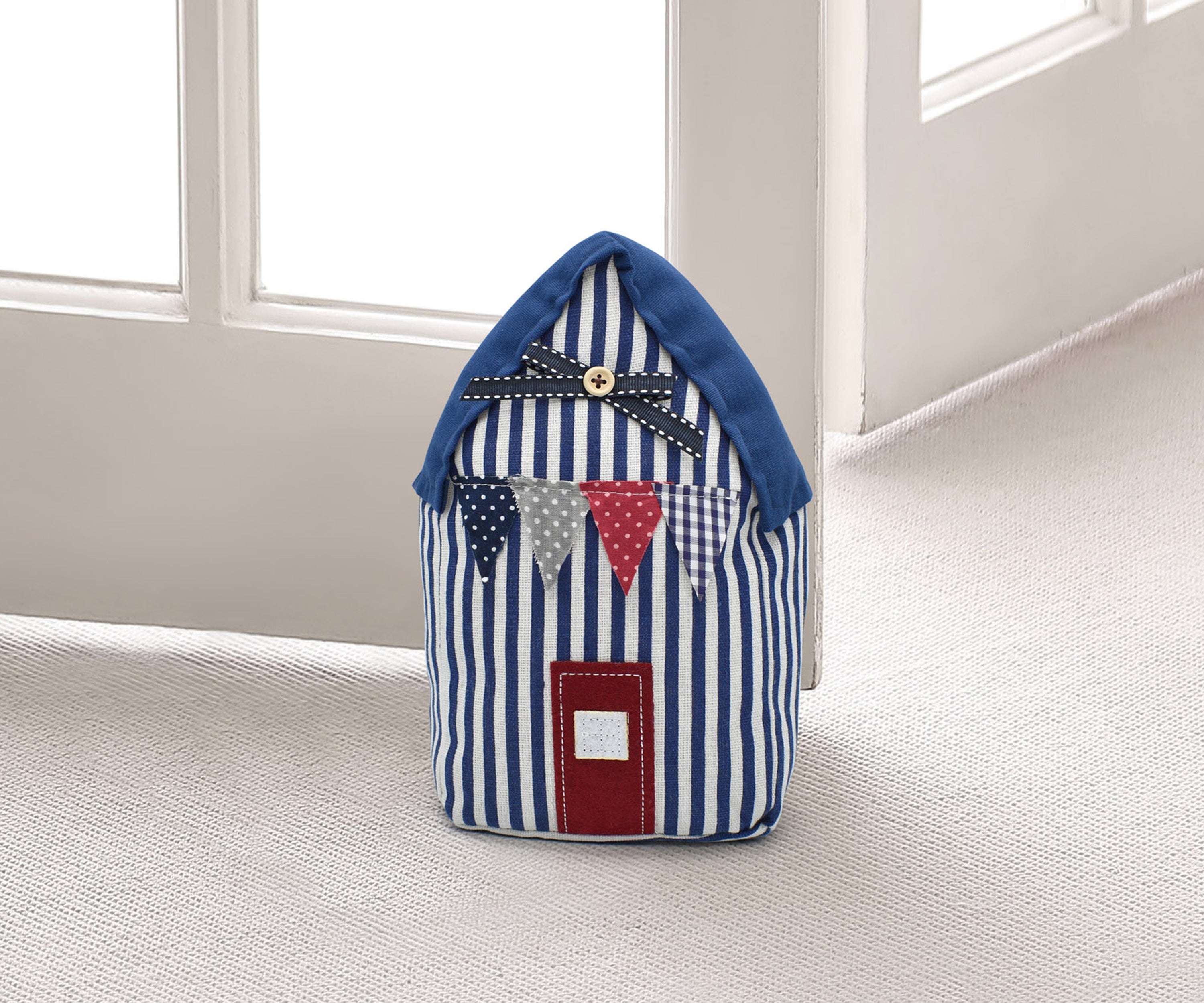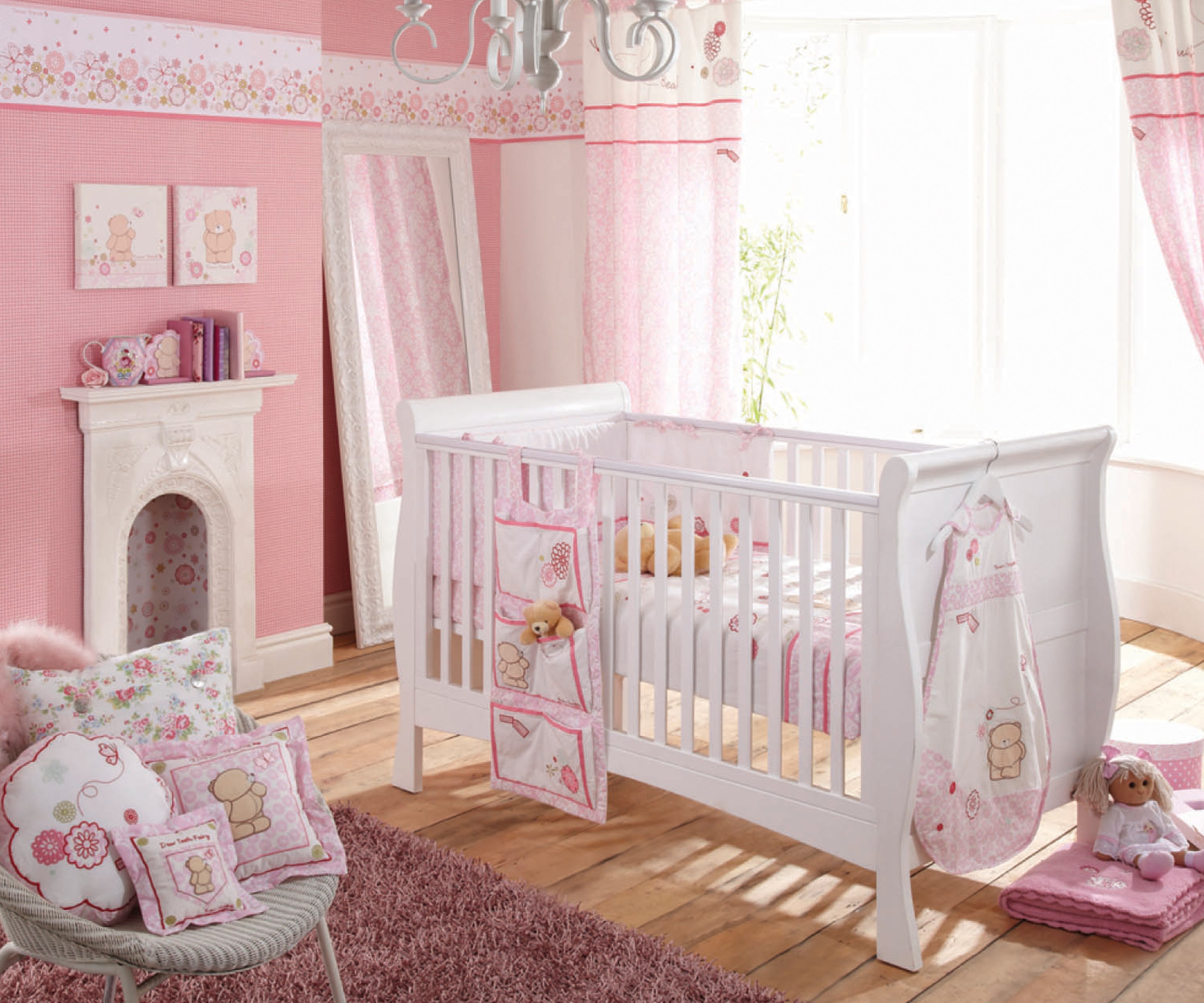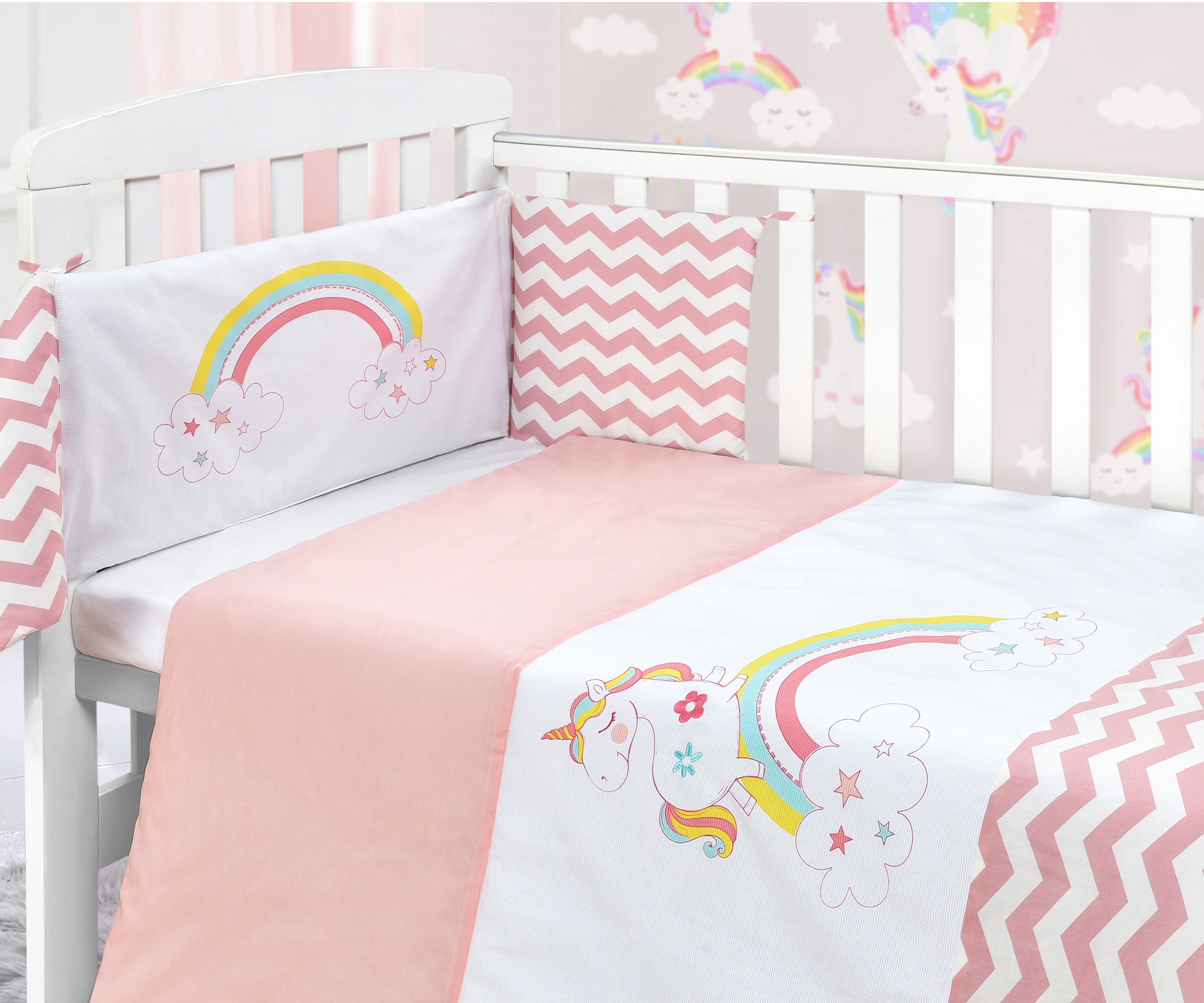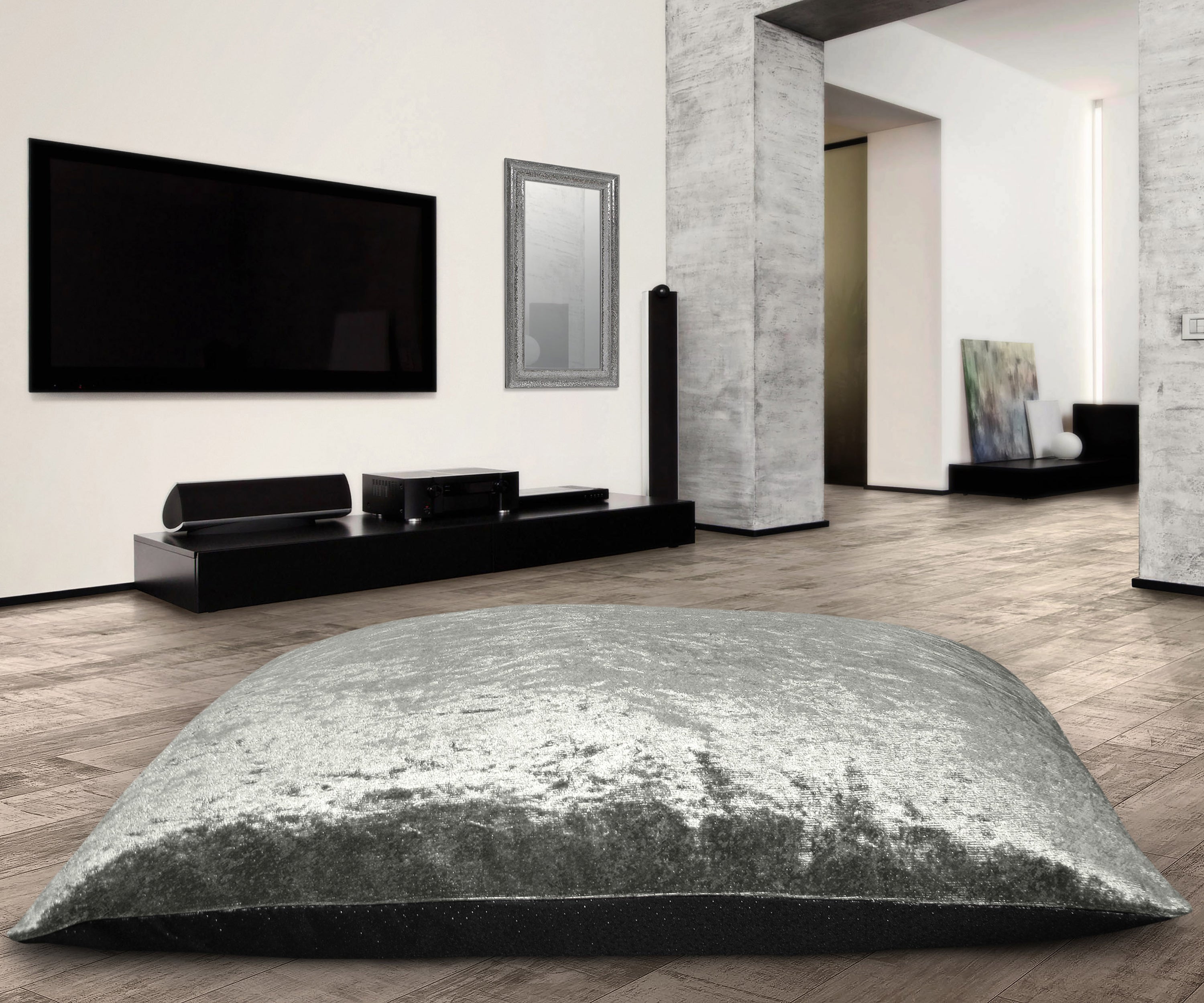If you're on a quest to find the perfect curtains to elevate the ambiance of your space, you've come to the right place. Whether you're a seasoned decorator or a newbie in the world of window dressings, this curtain buying guide is designed to help you navigate the world of ready-made curtains with confidence and ease. Get ready to transform your windows into stunning focal points that reflect your personal style and create a welcoming atmosphere in every room of your home.

What are ready made curtains?
Ready made curtains are pre-made curtains that are available for purchase in standard sizes and designs, as opposed to custom-made curtains that are tailored specifically to fit a particular window or space. With ready made curtains, you don't have to wait or stress about measuring every nook and cranny of your windows.
One of the main advantages of ready made curtains is their convenience. They are readily available for purchase, eliminating the need for measurements, ordering and waiting for custom-made curtains. Ready made curtains are usually more affordable than custom-made ones, meaning you can style up your windows without breaking the bank.
Now, keep in mind that ready made curtains might not be the perfect fit for every window on the planet. If you've got a super unique window shape or specific requirements, custom-made curtains might be a better option. But for most windows, ready-made curtains are the go-to choice.

How to choose curtains for you home
Choosing and buying curtains for your home requires careful consideration to ensure a harmonious blend of functionality, aesthetics and style. Start by identifying your specific needs; do you require privacy, light control, insulation or a decorative touch?
Different rooms have different requirements. For instance, in bedrooms, you may want curtains that offer privacy and block out light, while in living areas, you might prioritise natural light and an elegant look. Take into account the specific needs of each room before making a decision.
Accurate measurements are crucial to ensure a proper fit. Measure the height and width of your windows, allowing for the desired length and fullness of the curtains. Consider whether you want floor-length curtains or a more tailored look that stops just above the window sill. For more information, read our guide on how to measure curtains.
What types of curtains are there?
There are several types of curtains available, each offering unique features and styles. Here are some common types of curtains, with each type bringing its own flair and personality to your home:
- Panel curtains. The classic and timeless type of curtains. These curtains consist of a pair of fabric panels that elegantly cover your window from top to bottom. They're the go-to choice for everyone looking for that traditional curtain style.
- Voile curtains. Voile curtains are made from lightweight, translucent fabrics that allow ample natural light to enter the room while maintaining privacy. They add an airy and delicate touch to the décor and love to mingle with other curtain types for that perfect layered look.
- Blackout curtains. Blackout curtains are designed to block out external light completely. They are made from tightly woven or layered fabrics that provide excellent light control, insulation, and privacy. They are perfect for bedrooms, nurseries or any space that deserves some serious light reduction.
- Thermal curtains. Thermal curtains are specially designed to provide insulation and energy efficiency, keeping your energy bills in check. They are typically made from heavyweight fabrics with insulating properties that help regulate room temperature by reducing heat loss in the winter and heat gain in the summer.
- Pencil pleat curtains. Pencil pleat curtains have evenly spaced, permanently sewn pleats that create a tailored and sophisticated appearance. They are often hung using curtain hooks or rings and provide a classic and formal look to the windows.
- Eyelet curtains. Eyelet curtains have metal rings along the top through which the curtain rod is threaded. They offer a contemporary and sleek appearance, with the metal eyelets allowing for smooth movement when opening and closing the curtains.
What is the best material for curtains?
When it comes to selecting the best material for curtains, it depends on your specific needs and preferences. Here are some popular materials and their characteristics:
- Cotton. Cotton is a versatile and widely used fabric for curtains. With its lightweight nature and an array of colours and patterns, cotton curtains bring a natural and playful vibe to your space. However, keep in mind that pure cotton curtains may wrinkle easily and may not provide the same level of light control as heavier fabrics.
- Crushed velvet. If you're looking for a luxurious and opulent feel, velvet curtains are an excellent option. Velvet is a thick and heavy fabric that provides excellent light blocking and insulation properties. It adds depth, warmth, and a sense of grandeur to a room. Crushed velvet curtains work well in formal and traditional settings, but they may not be ideal for rooms where you want ample natural light.
- Polyester. Polyester is a durable and easy-to-maintain synthetic fabric commonly used for curtains. Polyester curtains are durable, resistant to fading and wrinkling, and super easy to take care of. With their wide range of colours and patterns, polyester curtains offer versatility and can fit into any interior design scheme. They may not have the natural charm of other fabrics, but they sure know how to get the job done.
What size should my ready made curtains be?
When you see curtain measurements, remember that the width always takes the lead role before the drop.
For ready made curtains, you'll find them in four standard widths: 46 inches (117cm), 54 inches (137cm), 66 inches (168cm) and 90 inches (228cm). It's important to select the width that closely matches the size of your track or pole. The width measurement refers to each individual curtain in the pair, as you'll need double the width of your track or pole for that lovely gathered effect.
Now, let's talk about the drop. Ready-made curtains come in three different drop lengths: 54 inches (137cm), 72 inches (182cm) and 90 inches (228cm). The drop determines the vertical length of the curtains.
So, when it's curtain measurement time, remember to prioritise the width before the drop, and find the perfect fit for your windows.
How do you hang ready made curtains?
Hanging ready-made curtains is a breeze. Here's a simple step-by-step guide to help you get those curtains up and beautifully adorning your windows:
- Gather your supplies. You'll need your ready-made curtains, a curtain rod or track, curtain rings or hooks (if necessary), a measuring tape, a level, a pencil, and a drill or screwdriver.
- Measure and position. Determine the height at which you want to hang the curtains. Generally, curtains are hung slightly above the window frame to create an illusion of height and make the windows appear larger. Use a measuring tape and a level to mark the desired position with a pencil.
- Install the curtain rod or track. Follow the manufacturer's instructions to install the curtain rod or track securely. Use a drill or screwdriver to attach the brackets or supports to the wall or window frame, ensuring they align with your marked position.
- Attach curtain rings or hooks. If your curtains require rings or hooks, now is the time to attach them to the curtain rod or track. Simply slide the rings onto the rod or hook them onto the track evenly spaced, allowing for smooth movement of the curtains.
- Hang the curtains. With the rod or track ready, it's time to hang your curtains. If you have tab top curtains, simply loop the tabs over the rod. For curtains with rod pockets, slide the rod through the pocket. If using curtain hooks, insert them through the designated holes or loops on the curtains and hang them onto the rings or track.
- Adjust and level. Once the curtains are hung, step back and ensure they're level and evenly positioned. Adjust as needed to achieve a balanced and visually pleasing look.
- Final touches. Give your curtains a gentle tug or pull to ensure they're hanging smoothly and evenly. Adjust the gathers or pleats, if any, for the desired appearance.
Your ready-made curtains are now gracefully adorning your windows, adding style and charm to your space.
Related Collections

